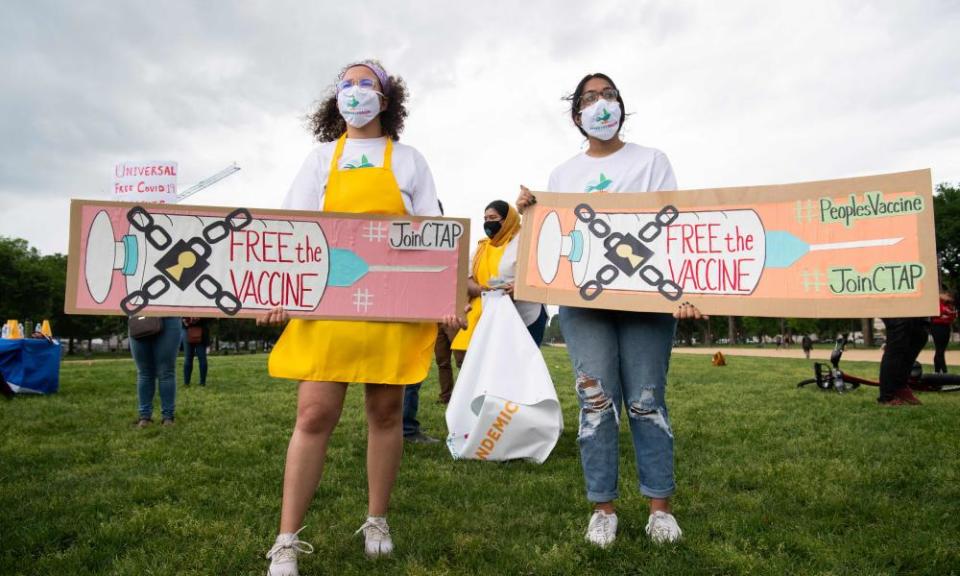From letters to vaccines: how the word ‘patent’ has changed over time

Joe Biden recently supported the waiving of patents on Covid-19 vaccines so more could be made in the developing world, an idea that was not greeted with unalloyed joy by stockholders in pharmaceutical companies. But where do “patents” come from, linguistically speaking?
As with so much, we owe them to France: patent was a medieval French derivation from the Latin patens, meaning “open” or “obvious”. From early-modern times in English law, “letters patent” were open letters (to enable inspection) from a monarch or government that conferred some right or title on the bearer.
Inventions, too, could be protected by letters patent, giving the holder commercial exclusivity, from the 17th century onwards; in time they were called simply “patent” or “patented”. Lovers of 1980s fashion might be pleased to know that “patent leather” is originally recorded as the brainchild of a Mr Hand of Birmingham in 1793, and “patent medicines” were advertised in the Essex Gazette of 1770, though quacks’ cures of those days were less reliable than modern mRNA jabs. Meanwhile, given that “patent” still retains its original sense of “clear” or “evident”, it is patently obvious that “patently obvious” is a tautology.
• Steven Poole’s A Word for Every Day of the Year is published by Quercus.

 Yahoo Finance
Yahoo Finance 